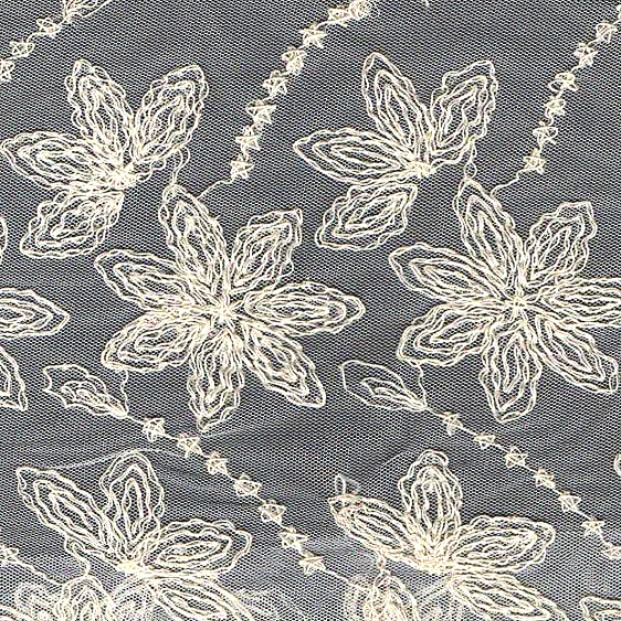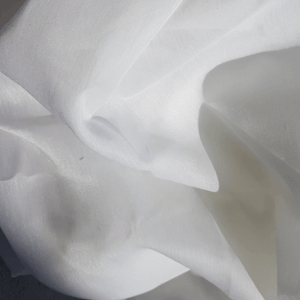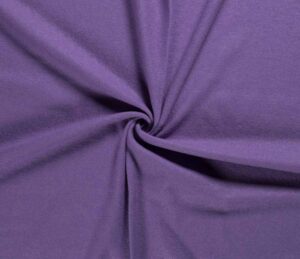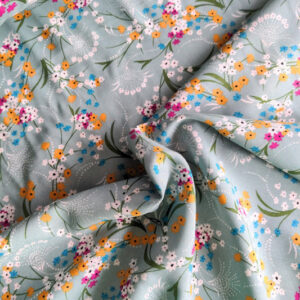Can You Embroider on Nylon and Voile?
Introduction
In the world of fashion and sewing, fabric compatibility is crucial for creating beautiful and functional garments. Nylon and voile are two distinct fabrics, each with unique characteristics. This article explores whether these fabrics can be embroidered together and provides insights into their compatibility, benefits, and challenges.
Compatibility Analysis
Yes, you can embroider on both nylon and voile, but there are important considerations. Nylon, a synthetic fabric, is smooth and durable, while voile, a lightweight, semi-sheer fabric, is typically made from cotton or polyester. The key to successful embroidery lies in understanding the texture, weight, and care requirements of each material. Nylon’s sturdiness can support embroidery well, but voile’s delicate nature requires a gentle touch and proper stabilization to avoid damage.
Fabric Properties Comparison Table
| Property | Nylon | Voile |
|---|---|---|
| Fiber Content | Synthetic | Natural (cotton) or synthetic (polyester) |
| Weight and Thickness | Lightweight to medium | Lightweight, sheer |
| Breathability | Limited | High |
| Stretch and Elasticity | Some stretch | Minimal |
| Wrinkle Resistance | High | Moderate |
| Care Instructions | Machine wash, low heat dry | Gentle wash, air dry |
| Durability | High | Moderate |
Benefits of Mixing These Fabrics
Combining nylon and voile can enhance texture and visual interest in garments. Nylon adds durability and structure, while voile offers a soft, airy feel. This blend improves comfort and performance, providing a better drape and movement. Additionally, mixing these fabrics can be cost-effective, offering seasonal versatility and expanding design possibilities for fashion and home decor.
Potential Challenges
While pairing nylon and voile offers advantages, challenges include different shrinkage rates and conflicting care requirements. Nylon’s smooth texture may clash with voile, leading to pilling. Seam puckering and color bleeding are also concerns. Practical solutions involve pre-washing fabrics, using appropriate stabilizers, and selecting compatible thread colors to mitigate these issues.
Sewing & Styling Tips
When sewing nylon and voile together, use a fine needle, such as a size 70/10, and polyester thread for strength. Consider lightweight interfacing for support, and use French seams or serging for a clean finish. Choose patterns that complement both fabrics, and explore styling ideas like layering nylon over voile for a chic, dimensional look in clothing or home decor.
Care & Maintenance Guide
To care for nylon and voile blends, wash on a gentle cycle with cold water and air dry to prevent shrinkage. Iron on a low setting with a pressing cloth to avoid damage. For stains, treat each fabric according to its specific needs, and store garments in a cool, dry place to maintain their longevity.
FAQ Section
-
Can you wash nylon and voile together?
- Yes, but use a gentle cycle with cold water to prevent damage.
-
Will nylon shrink more than voile?
- Nylon typically shrinks less than voile, especially if pre-washed.
-
What needle size should I use for sewing nylon and voile together?
- Use a fine needle, such as a size 70/10, for best results.
-
Can you mix nylon and voile in one garment?
- Yes, combining these fabrics can create interesting textures and designs.
-
How do you prevent seam puckering when combining these fabrics?
- Use a walking foot and adjust tension settings to minimize puckering.
-
Is it okay to mix nylon and voile for upholstery?
- While possible, consider the durability needs of upholstery projects.
-
What’s the best way to finish seams with nylon and voile?
- French seams or serging provide a clean, professional finish.
By understanding the properties and care requirements of nylon and voile, you can successfully embroider and combine these fabrics to create stunning, versatile designs.




Leave a Reply